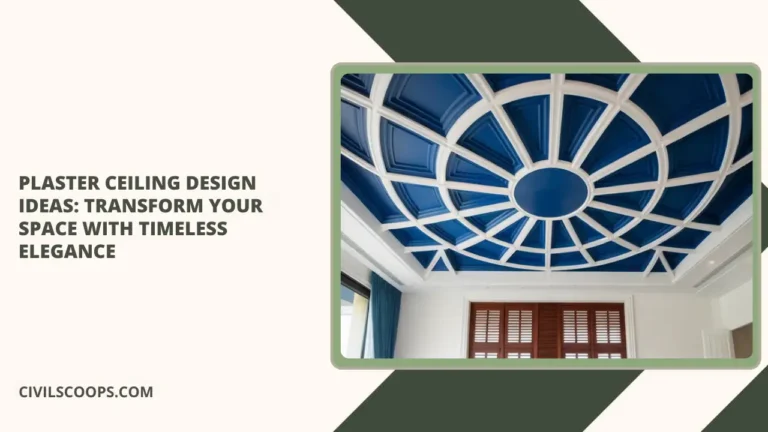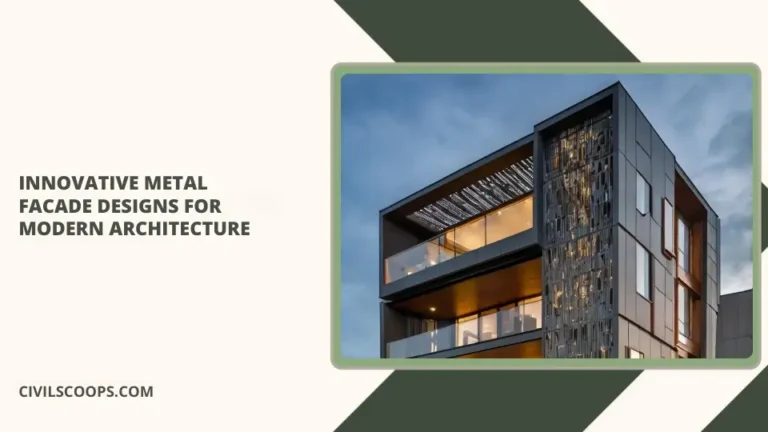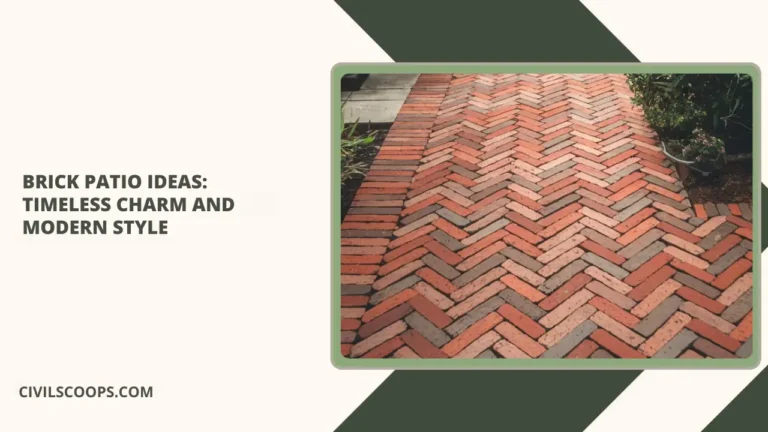Valentine’s Room Decor Ideas: Simple Tips to Infuse Romance and Charm
Valentine’s Day is the perfect occasion to infuse your space with warmth and charm. Whether you’re celebrating with a loved one, hosting friends, or simply want to feel the love at home, creating a romantic atmosphere can be easier than you think. Here’s a detailed look at how to transform any room into a Valentine’s…






